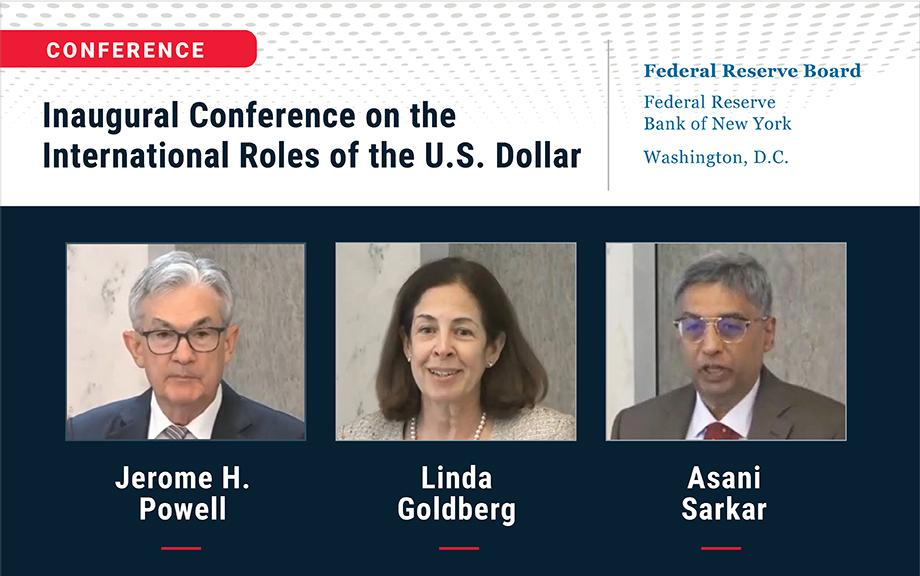Why Does the U.S. Always Run a Trade Deficit?

The obvious answer to the question of why the United States runs a trade deficit is that its export sales have not kept up with its demand for imports. A less obvious answer is that the imbalance reflects a macroeconomic phenomenon. Using national accounting, one can show deficits are also due to a persistent shortfall in domestic saving that requires funds from abroad to finance domestic investment spending. Reducing the trade imbalance therefore requires both more exports relative to imports and a narrowing of the gap between saving and investment spending.
What if China Manufactures a Sugar High?

While the slump in China’s property sector has been steep, Chinese policymakers have responded to the falloff in property activity with policies designed to spur activity in the manufacturing sector. The apparent hope is that a pivot toward production-intensive growth can help lift the Chinese economy out of its current doldrums, which include weak household demand, high levels of debt, and demographic and political headwinds to growth. In a series of posts, we consider the implications of two alternative Chinese policy scenarios for the risks to the U.S. outlook for real activity and inflation over the next two years. Here, we consider the impact of a scenario in which a credit-fueled boom in manufacturing activity produces higher-than-expected economic growth in China. A key finding is that such a boom would put meaningful upward pressure on U.S. inflation.
The Fed’s Inaugural Conference on the International Roles of the U.S. Dollar

The U.S. dollar has played a preeminent role in the global economy since the second World War. It is used as a reserve currency and the currency of denomination for a large fraction of global trade and financial transactions. The status of the U.S. dollar engenders important considerations for the effectiveness of U.S. policy instruments and the functioning of global financial markets. These considerations include understanding potential factors that may alter the dominance of the U.S. dollar in the future, such as changes in the macroeconomic and policy environments or the development of new technologies and payment systems.
Have the Biggest U.S. Banks Become Less Complex?

The global financial crisis, and the ensuing Dodd-Frank Act, identified size and complexity as determinants of banks’ systemic importance, increasing the potential risks to financial stability. While it’s known that big banks haven’t shrunk, the question that remains is: have they simplified? In this post, we show that while the largest U.S. bank holding companies (BHCs) have somewhat simplified their organizational structures, they remain very complex. The industries spanned by entities within the BHCs have shifted more than they have declined, and the countries in which some large BHCs have entities still include numerous “secrecy” or tax-haven locations.
How Do Liquidity Conditions Affect U.S. Bank Lending?
he recent financial crisis underscored the importance of understanding how liquidity conditions for banks (or other financial institutions) influence the banks’ lending to domestic and foreign customers.
Cross‑Country Evidence on Transmission of Liquidity Risk through Global Banks
Over the past thirty years, the typical large bank has become a global entity with subsidiaries in many countries.
Ring‑Fencing and “Financial Protectionism” in International Banking
Some market watchers and academic researchers are concerned about a “Balkanization” of banking, owing to a sharp decline in cross-border international banking activity, and an increased home bias of financial transactions.
Global Banks and Their Internal Capital Markets during the Crisis
As financial markets have become increasingly globalized, banks have developed growing networks of branches and subsidiaries in foreign countries. This expansion of banking across borders is changing the way banks manage their balance sheets, and the ways home markets and foreign markets respond to disturbances to financial markets. Based on our recent research, this post shows how global banks used their foreign affiliates for accessing scarce dollars during the financial crisis—a liquidity strategy that helped transmit shocks internationally while reducing some of the consequences in the stressed locations.










 RSS Feed
RSS Feed Follow Liberty Street Economics
Follow Liberty Street Economics